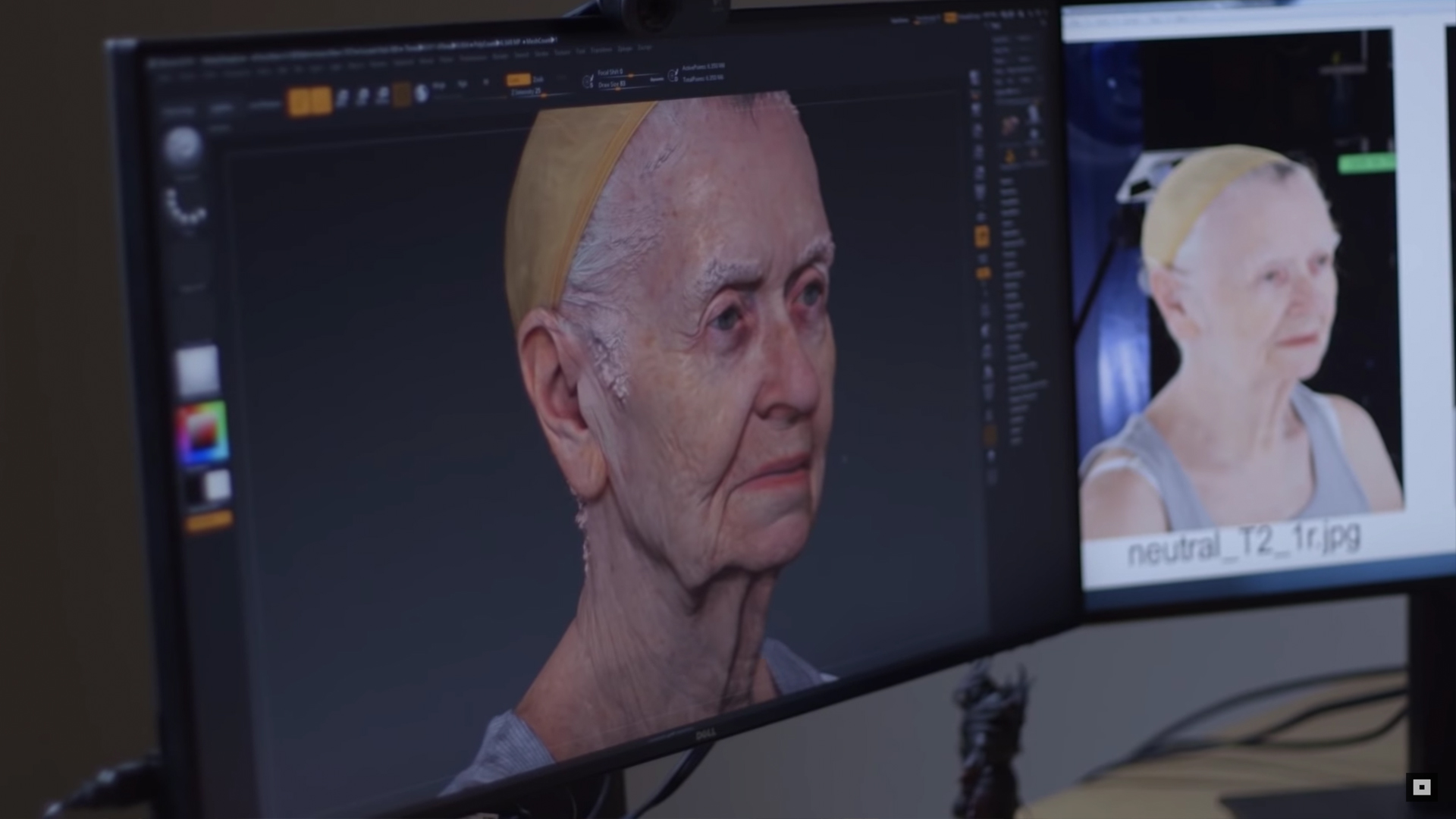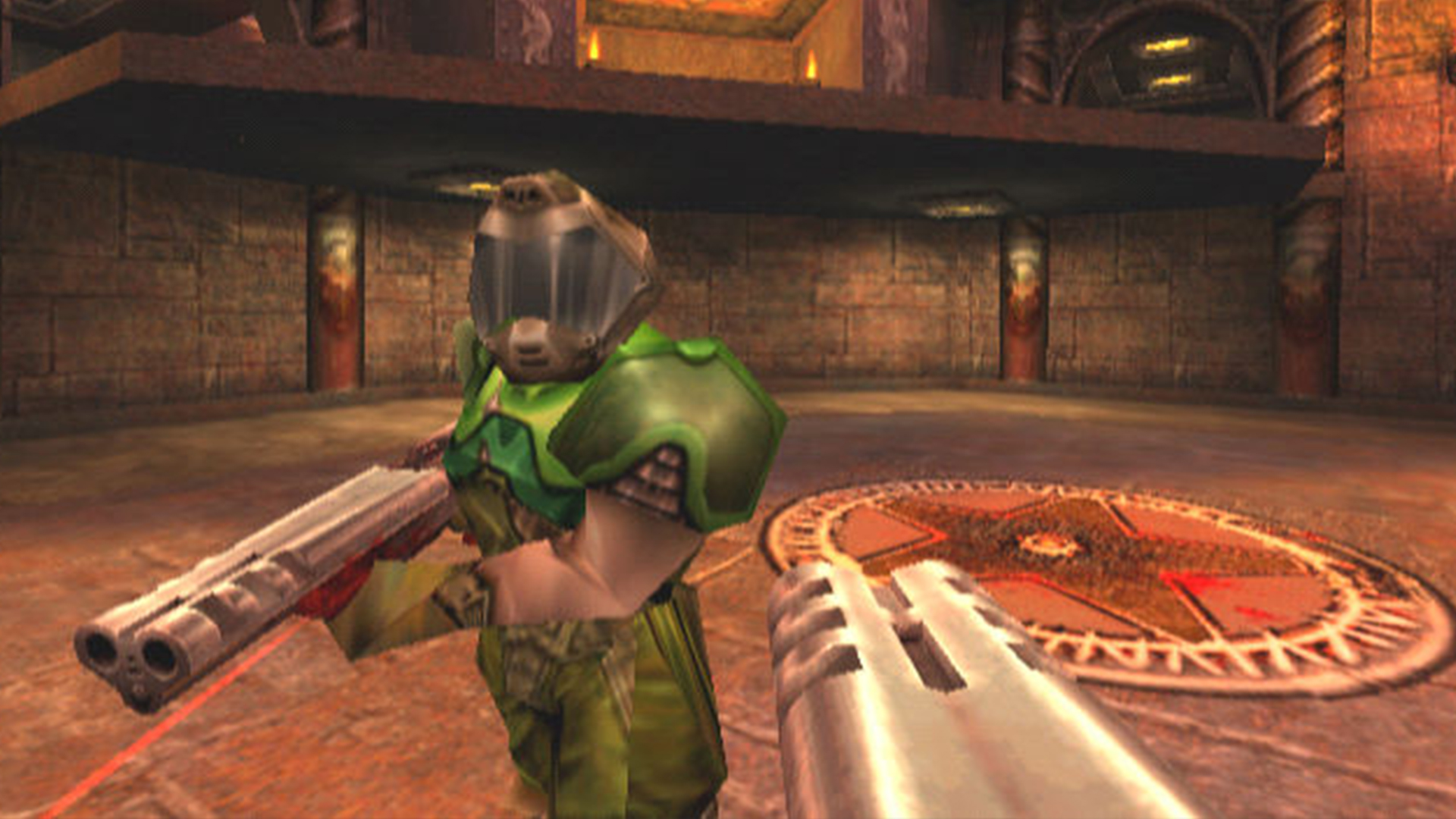Is there a new Elder Scrolls 6 engine? Yes and no - it's not an easy question to answer
If you replace something bit by bit, when does it becomes 'new'?

With the bombshell that Microsoft has bought Bethesda, the question of whether we'll see a new Elder Scrolls 6 engine has had a little shake up. As part of the acquisition, Bethesda's Todd Howard has stated that the sale has led to the "largest engine overhaul since Oblivion".
Now, that doesn't mean there's a new Elder Scrolls 6 engine, just that the tech Bethesda are using is getting a big update. You see, while the Elder Scrolls 6 engine is often picked on it's not something you can just replace overnight. Studios spend years adapting and updating game engines, cultivating them to suit their purpose. While people might love to moan about it but, for better or worse, it's the engine that makes an Elder Scrolls game what it is.
Currently it sounds like the early stages of Elder Scrolls 6 development is starting to ramp up and, with it, talk of the engine being used. However, whether or not there's going to be a new Elder Scrolls 6 engine is easy, impossible, succinct and messy to answer all at once – it's absolutely going to be a new, same, old, different engine. Easy, right?
You see, the often very angry discussion about game engines, and especially ones like the Elder Scrolls 6 engine, is usually between people who don't really understand how games work. There is no single 'entity' for an engine, you can't just go out and buy a new one off the shelf. It's made up of modules – bits, units and pipelines – things that deal with rendering, stuff that handles physics, animation, data management and so on. Every time a game is developed a studio changes, replaces and upgrades parts to the suit the game it's making, so that while 'the engine' isn't radically altered in one go, it is gradually and completely replaced over time.

For example, technically the IW Engine – which was used to make every Call of Duty from 1 to Black Ops 4 – is still built on the foundation of the id Tech 3 engine, otherwise known as the Quake 3 Arena engine. Although good luck finding a line of the original 1999 code after 20 years of upgrades, changes, and multiple platforms. Look up the Ship of Theseus if you want to get into the metaphysics of identity and whether something that has had every single component replaced over time is still the same object.
Aaaanyway, let's give Todd Howard a chance to explain: "I think most people who aren't making games confuse the word 'engine'. They think of an engine as one thing. We view it as technology. There are lots of pieces, and with every game parts of that change. Whether it's the render, the animation system, the scripting, the AI, the controls [and] some of it's middleware, [like] Havok Animation." (Middleware is third party software used by studios for specific jobs usually because it's cheaper/easier than building a custom solution.)
Piece by piece
So, over the years, the Creation Engine which Bethesda uses for its Elder Scrolls and Fallout games has been changed piece by piece. It originally started life as the Gamebryo engine, which was used from Morrowind to Oblivion, as well as Fallout 3. After that Bethesda created the Creation Engine for Skyrim by developing its own version of the Gamebryo engine. Every time the the studio makes a game it adds and adapts the engine to suit new demands. For Skyrim the graphical capabilities were changed, after that a physically based deferred renderer (which improves lighting) and so on. "For Fallout 76 we changed a lot of it," Howard explains, from the same interview: "All new renderer, new lighting model, new landscape system. Then when you go to Starfield, even more of it changes, and then Elder Scrolls 6, which is really out on the horizon, even more of it changes."
Sign up to the GamesRadar+ Newsletter
Weekly digests, tales from the communities you love, and more
In a podcast last year, Howard seemingly alluded to what these changes could mean for Elder Scrolls 6: "There's always one project that's in pre-production, maybe for years, and another one we have in full production. Usually what's happening – take an animation system change that were we're doing right now, we're finishing, for one of our projects, a project in pre-production getting a new animation system. Whereas the one in full production is using the old one".
As far as we know right now the project in full production is Starfield, which means the "project in pre-production getting a new animation system" is Elder Scrolls 6. We're also fairly sure from a recent '25 Years of Elder Scrolls' video that Elder Scrolls 6 will be making use of photogrammetry, enabling the use of high resolution photo scanning for both people and places.
Around the 8 minute and 30 second mark into the video – Matt Carofano, art director on Morrowind, Oblivion, Skyrim and more – explains how "we're using photogrammetry to scan in all these real world assets and push out future tech for games to levels we've never done before," adding that it's "building the technology now that is going to fuel our future games."
While Elder Scrolls 6 might be using the same engine in name as Skyrim in name, it's the same engine with [reads back notes] an all new renderer, new lighting, new landscape system, new animation system and photogrammetry. And that's only what Bethesda has talked about publicly.

There's another thing to consider in the 'new engine or GTFO' debate for Elder Scrolls 6. If you think Bethesda games are buggy now you don't want to even think about what it would be like with a new engine. Bethesda understands its current tech - where problems arise and how to stop them. The bugs that do get through are because it makes free roaming open world game with hundreds of thousands of objects to pick up, and hundreds of missions and people to encounter. Not to mention classes, power and weapons also stirring the pot.
Almost any combination of those things in a Bethesda game can make something go wrong. Now imagine working on something like that with a completely new engine no one's ever used before. Rockstar made and shipped an entire game – Table Tennis – to test its RAGE engine before it went near a GTA with it. The original Destiny suffered immensely in its early days because it was built on all new tech, and EA has had endless trouble rolling Frostbite out to its various studios (Star Wars Jedi: Fallen Order notably used Unreal Engine 4 instead and shipped on time, with few post-release issues). New engines cause problems and take years to master, so while you might think you want a new Elder Scrolls 6 engine, be careful what you wish for.

I'm GamesRadar's Managing Editor for guides, which means I run GamesRadar's guides and tips content. I also write reviews, previews and features, largely about horror, action adventure, FPS and open world games. I previously worked on Kotaku, and the Official PlayStation Magazine and website.



